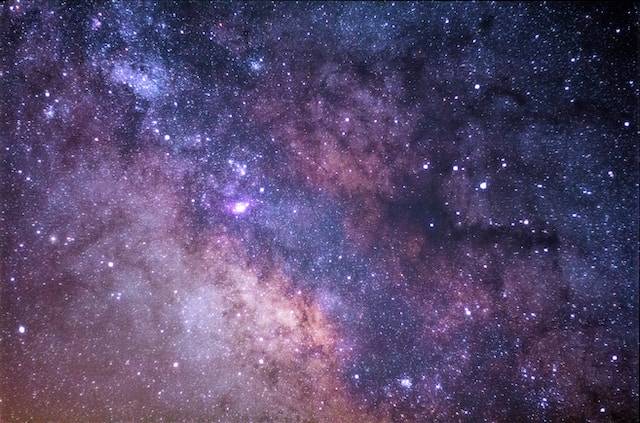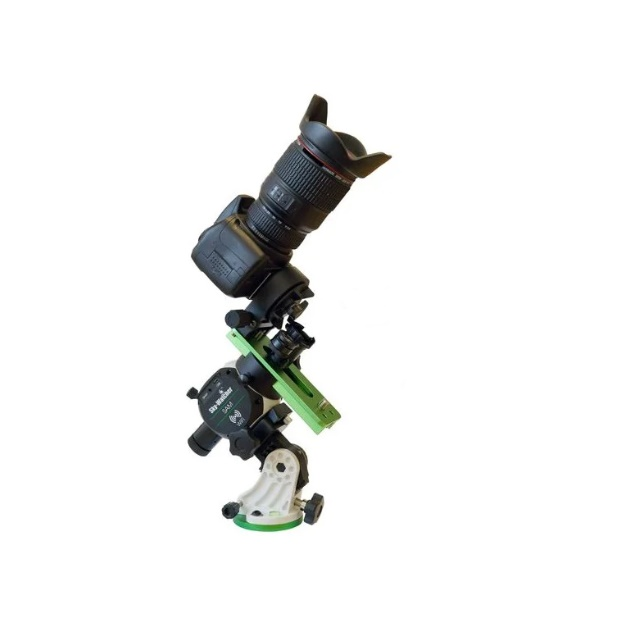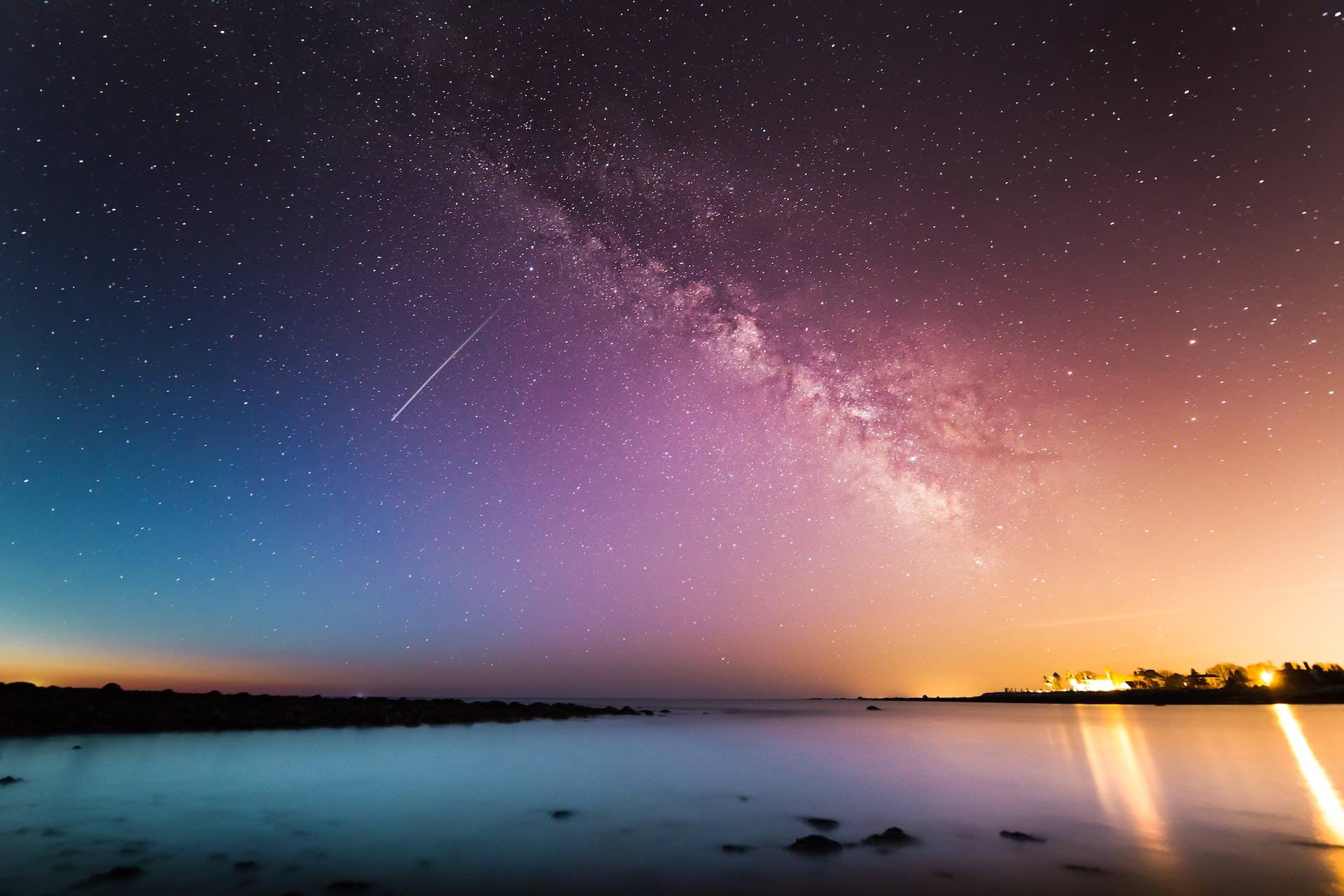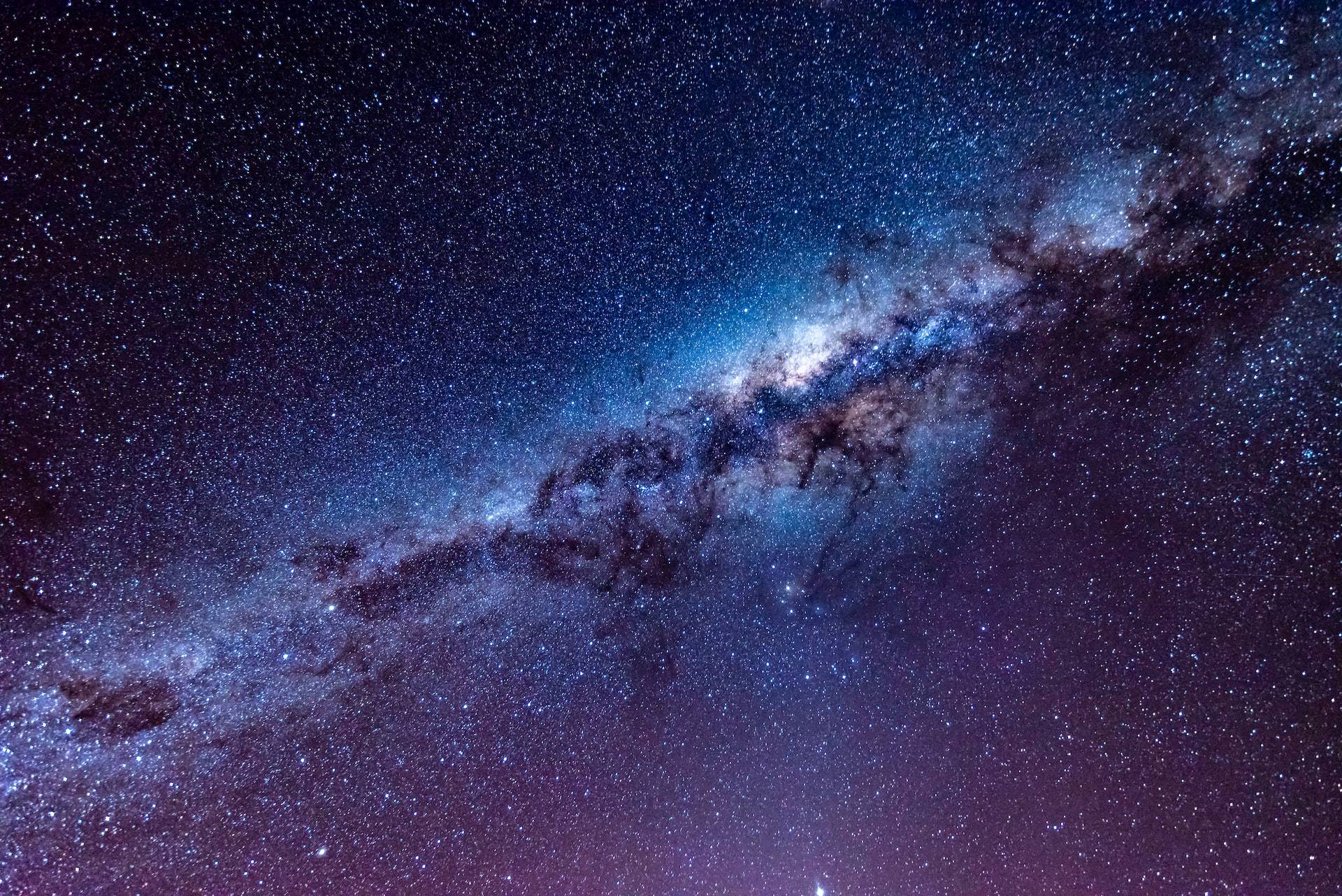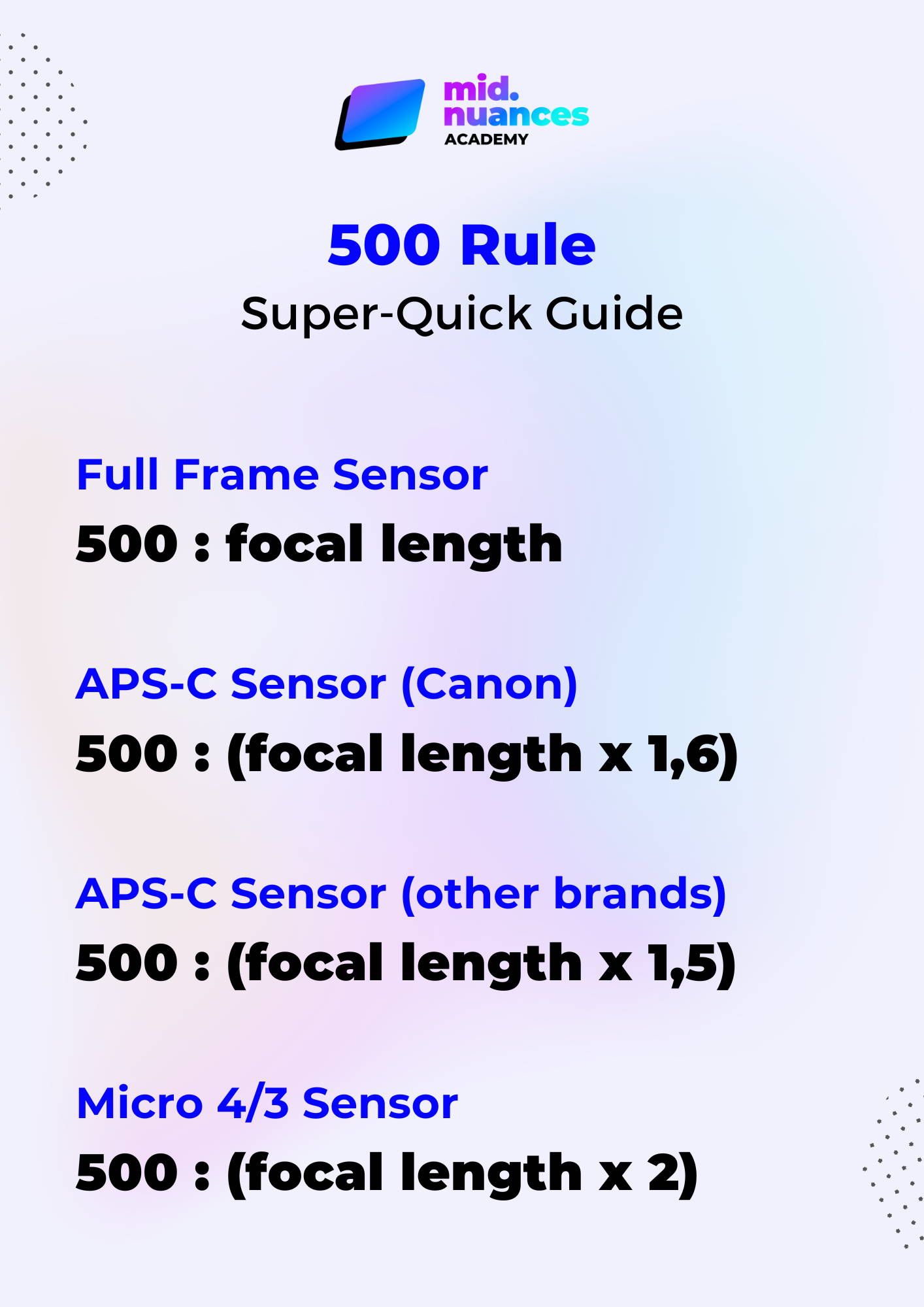If you've ever tried photographing the night sky, you've most likely came across the frustrating 'star trails' effect.
Something like this:
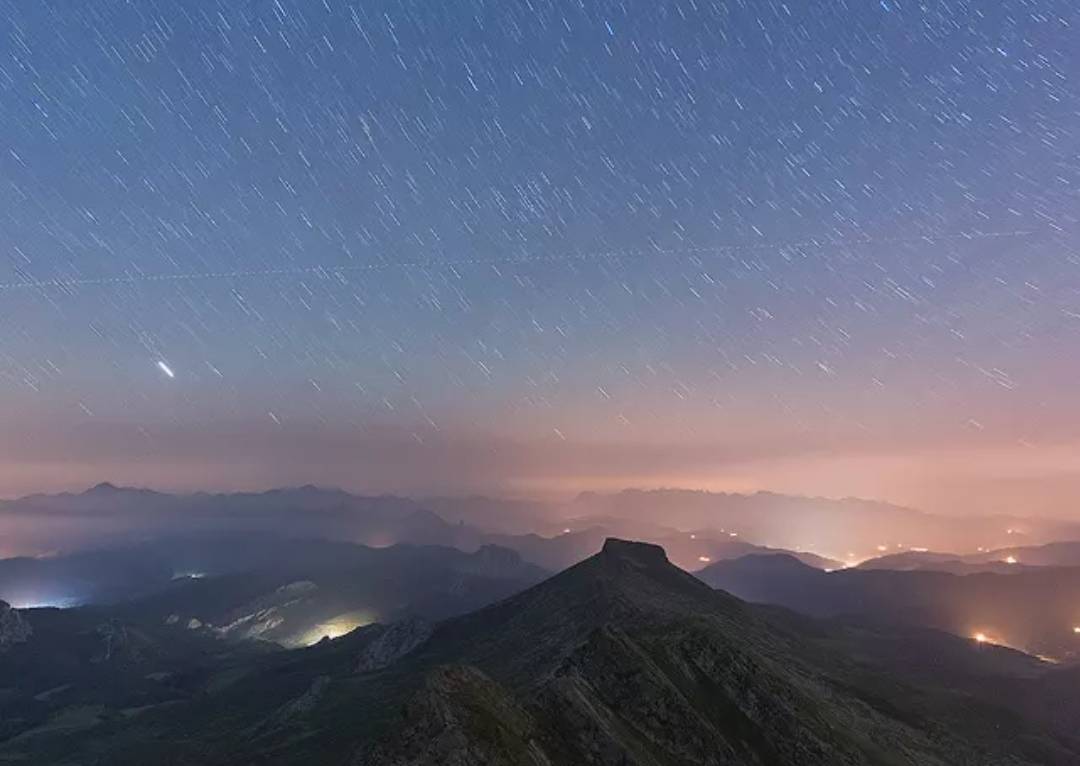
Astrophotography is the most technical and sometimes challenging photography genre.
Fortunately, there are some free tricks you can use to enhance your night sky photos.
The 500 rule is one of them.
But what is it? How do you use it? Let's find out.
Ready, set, GO!
Note: At the bottom of the page you'll find the 500 Rule Super-Quick Guide. Download it and take with you on your photographic adventures. It's free :)


